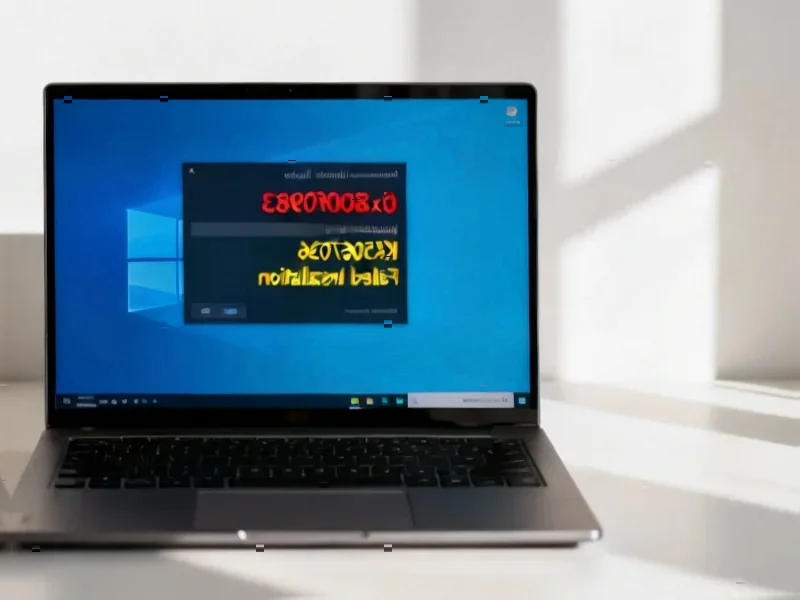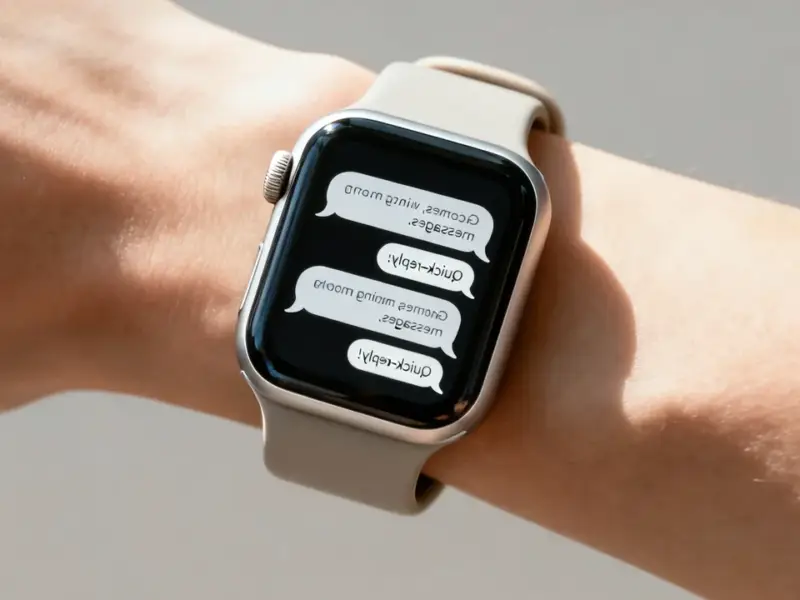According to Neowin, Microsoft announced a major Windows Update naming simplification on October 30 that would have stripped out technical details like platform, architecture, and release month-year information. The company faced immediate and overwhelming backlash from IT administrators who called the changes “harmful and unnecessary.” After receiving mostly negative feedback, Microsoft updated its blog post on October 31 to acknowledge the community response. The naming change would have transformed updates from detailed descriptions like “2025-10 Cumulative Update for Windows 11, version 25H2 for x64-based Systems (KB5066835)” to the much vaguer “Security Update (KB5066835).” Now Microsoft is reversing course and bringing back at least some of the details IT professionals demanded.
Who actually uses this stuff?
Here’s the thing that Microsoft apparently forgot: regular users don’t really pay attention to update names at all. They just click “update” and move on with their lives. But IT administrators? They live and breathe this stuff. When you’re managing hundreds or thousands of computers across an organization, you need to know exactly what update you’re dealing with. The date tells you how recent it is. The architecture tells you whether it’s for 32-bit or 64-bit systems. The version information helps you track compatibility.
And Microsoft’s proposed “simplified” naming would have made IT support calls way more difficult. Imagine trying to help someone over the phone: “What update do you see?” “Uh, it says Security Update KB something.” That’s basically useless. The date is often the only part of the title that non-technical users can actually understand and communicate effectively.
Fixing what wasn’t broken
This feels like another case of a tech company trying to solve a problem that doesn’t exist. The old naming convention worked fine for the people who actually need to use it. Microsoft’s reasoning was that the new names would be “more intuitive,” but intuitive for whom? Certainly not for the professionals who manage enterprise systems day in and day out.
Look, I get that Microsoft wants to make Windows feel more consumer-friendly. But when you’re dealing with enterprise tools and system administration features, sometimes you need to prioritize the experts over the casual users. The backlash comments really drive this home – multiple administrators pointed out they’re now spending more time explaining and managing these changes than they ever spent confused by the original naming.
Listening to feedback matters
Credit where it’s due – Microsoft actually listened this time. They put out the announcement, got immediate negative feedback, and within a day they were backing down. That’s pretty responsive for a company of Microsoft’s size. In the grand scheme of things, update naming might seem like a small issue, but it shows that when enough professionals speak up, even tech giants have to pay attention.
Now the question is whether other tech companies will take note. Users and professionals are getting increasingly frustrated with changes that seem to prioritize superficial “simplification” over actual usability. Sometimes the old way is the better way, especially when it comes to tools that professionals rely on to do their jobs effectively.




